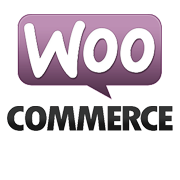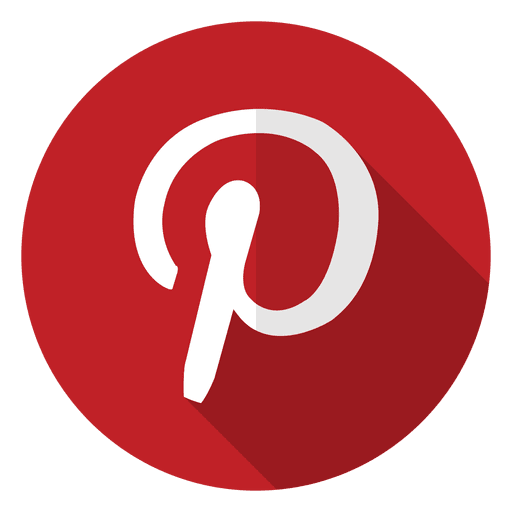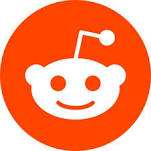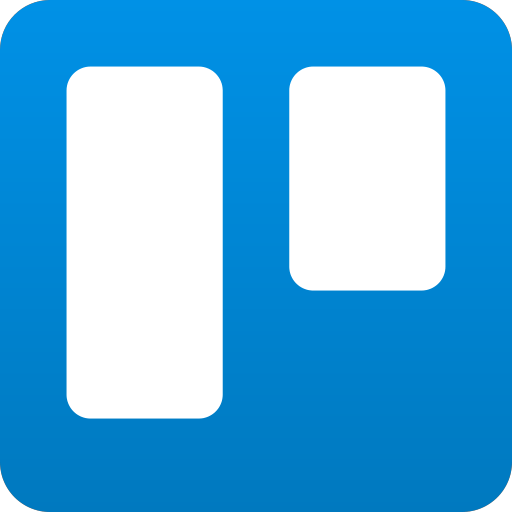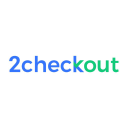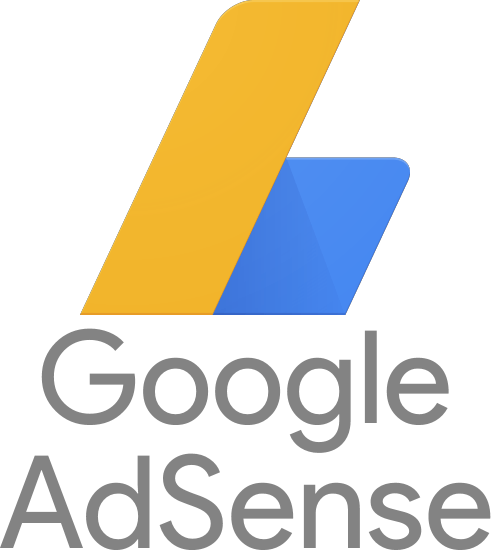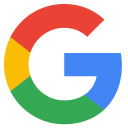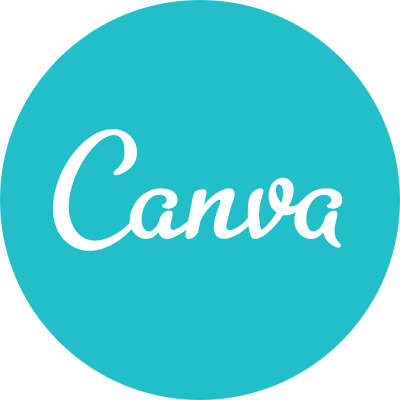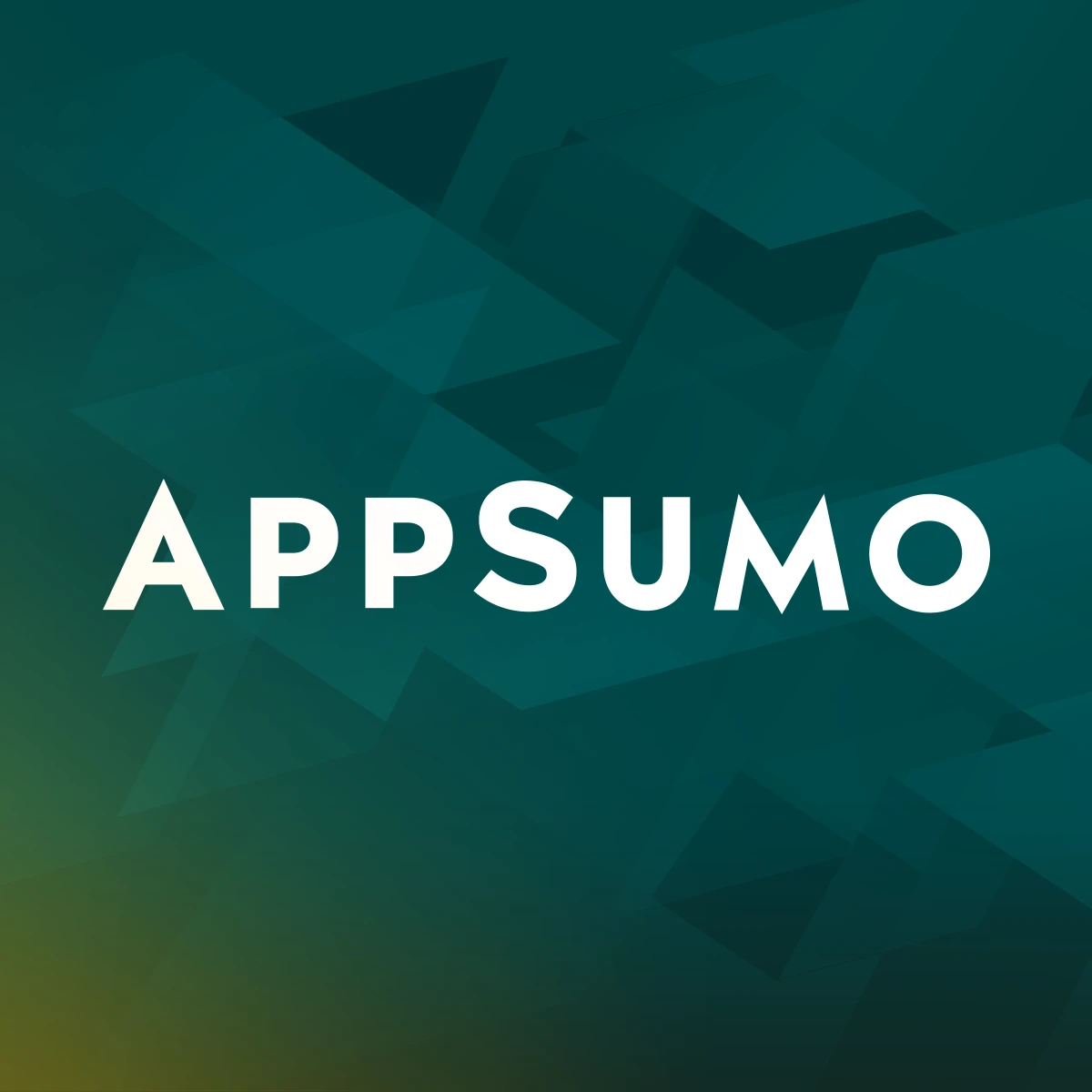How We Started A Digital Flipbook Making Tool That Makes $9.6M/Year
Hello! Who are you and what business did you start?
My name is Janina Moza, and I’m the Chief marketing officer of Flipsnack. I’ve joined the team a year after launching Flipsnack and I’ve been part of this project for almost 10 years now.
Flipsnack is an online tool that can be used by anyone to create digital flipbooks. We usually introduce our tool as one of the best online flipbook makers on the market. Flipbooks is a general term we use for any type of page-flip catalog, magazine, or any other type of publication. It’s used for a wide variety of marketing materials, such as reports, newsletters, brochures, catalogs, portfolios, and even photo albums or school projects.
Basically, everything that exists today in PDF format can turn into a flipbook, and the page flip effect will make the source material look like a real-life book or magazine.
We’ve been on the market for over 10 years now and over the past few years, we’ve increased our business revenue by over 50% year over year.

What's your backstory and how did you come up with the idea?
Flipsnack was launched as part of the Snacktools family of apps. It was a suite of online applications, browser-based, designed to help small business owners, marketers and designers create and publish a variety of online photo slideshows, playlists, forms, site notifications, banners, presentations, and other similar widgets. All of these were very easy to make and required no technical knowledge.
The idea of Flipsnack came from analyzing the needs of the target audience. The team thought about what needs does an online business has, and after some research, they figured that online flipbooks/catalogs are one of the things that are needed. The flipbook makers that were already on the market at that time weren’t as easy to use for a non-technical marketer, so there was an opportunity for a new app.
The idea was validated after long discussions and after consulting with the user database of the other Snacktools apps. Back in 2011 users had to pay one subscription to have access to all Snacktools apps. Things have evolved a lot for Flipsnack since then. It’s a standalone solution and it’s so much more than what it was when first launched.
Take us through the process of designing your tool.
The concept of the tool was very similar to the other Snacktools apps. Since it was part of a bigger picture, the team wanted to make the experience of making a flipbook very similar to that of making a slideshow or a playlist.
The creation process was as easy as it can be, in 3 steps:
- Upload your materials
- Customize the player
- Publish, to get a share link or embed code
The initial prototyping and design had a solid inspiration in the layout used in the other tools. The process had already been tested and validated with the other Snack tools, so it was, in many ways, a lot easier to work on, than starting something from scratch with no other reference points.
Launching Flipsnack was a good idea from a cost perspective as well. The team that worked on Snacktools wasn’t very big with just 15-17 members, but they were eager to get involved in another cool project. They already had the experience and a lot of resources that could be reused from the other tools that were already launched. New team members were hired as the need for development and marketing grew, but it happened gradually.

Describe the process of launching the business.
The project was first publicly announced in December 2010 and the launch was in April 2011. Those 4 months were the most challenging because announcing the new project generated additional pressure.
The marketing campaign around the launch fully leveraged the existing database of users that were already using the other Snacktools. Most of the users that started using the app in that first year were already registered for another one of the snack platforms, but the project started to slowly gather its own audience that was specifically interested in creating flipbooks.
About 6 months after the launch, the site was getting about 50k visits/month and it continued to grow. Many of the initial users loved the tool and recommended it. One of the biggest surprises was how popular it started to become in school communities. Many teachers reached out to us and told us how much they loved it and recommended it to their peers.
Since launch, what has worked to attract and retain customers?
Early on we’ve focused on email marketing a lot for attracting and retaining customers. For increasing the traffic and extending the user database we also focused on SEO and ad campaigns, particularly Google Adwords.
In the beginning, most of our SEO efforts were focused on on-page SEO, creating blog content around certain keywords. Later on, we extended the site content even more with multiple targeted landing pages that are SEO optimized and we've started to focus more on off-page SEO as well. We're lucky to have talented writers in our team that can write guest posts for external sites and blogs, which helps get more visibility.
Obviously, we’ve evolved so much over the years and now we use these marketing channels in a much bigger way than we did then.
Mistakes are great when we learn something from them. They are unavoidable and I think we shouldn’t be afraid of them because that fear will paralyze us into inaction.
For example, our email campaigns have evolved from basic segmentation based on subscription level and timezone, to a much more complex and relevant targeting. We use specific user actions on the site to trigger relevant messages and emails that are helpful for the user and us. We take into consideration a lot more user attributes and events when we prepare an email campaign, and the results we’ve seen have improved a lot since then.
We’ve also expanded our ad campaigns so much! We’re investing 10x more money in ad campaigns than we used to in the beginning, and we're creating a lot more content. This helped us immensely, along with SEO, to attract organic traffic that converts. Five years ago we only had a handful of landing pages. We have over a hundred now.
Over time we’ve also expanded our marketing channels, and we’re investing more now on user retention as well as user acquisition.

How are you doing today and what does the future look like?
Our business grew a lot over the years, and luckily we were profitable very quickly, from year one after launching. And it hasn’t stopped there. Just last year we increased our revenue by 50% from 2020 to 2021. Our LTV: CAC ratio is about 4:1.
Over the past 2-3 years we’ve shifted our business from a B2C approach and we now focus a lot more on B2B, and we’ve been rewarded nicely, with YoY growth rates between 50% - 84%.
So moving forward we will continue to focus on this approach.

What platform/tools do you use for your business?
We use a LOT of tools! Just for marketing alone, the team is using probably over 50 different tools, both paid and free. We’re super excited to discover new technologies and platforms that can help us do our jobs better or automate processes.
Some of my favorite tools are part of the Google marketing suite, including Google Analytics, Search Console, Optimize, Tag manager, and more. In addition to them, I’d like to mention Semrush, which is super helpful for SEO research, content optimization, competitor research, and more! I also love tools like Intercom and Hubspot that help us so much in engaging our users and customers at the right time in their journey of discovering and using Flipsnack.
What have been the most influential books, podcasts, or other resources?
I usually keep myself up to date about what’s going on in the marketing world by reading blogs, such as SEJ, Search Engine Land, Semrush Blog and many others. My Twitter feed almost exclusively posts about marketing, because I follow a lot of influencers from the marketing world and marketing tools. I discovered a lot of super useful articles and case studies this way.
One of the podcasts that I listen to from time to time is The Growth TL;DR. I also like reading books about marketing and sales. Some of the authors for marketing and sales books that I particularly enjoyed reading are Seth Godin, Dan Ariely and Jeb Blount.
Advice for other marketers who want to get started or are just starting?
I would advise any beginner marketer to start any project by researching and figuring out how the business is doing, what works, what doesn’t. You need to know where the clients are coming in from, how they engage with the site, what the sales process is, what challenges they encounter as well as what attracts them to the product/ service.
To know these things, you have to look at business metrics and acknowledge the good and the bad. It’s the only way to improve business and marketing practices. Mistakes are great when we learn something from them. They are unavoidable and I think we shouldn’t be afraid of them because that fear will paralyze us into inaction. It’s better to try things and fail than to not try at all.
Where can we go to learn more?
If you have any questions or comments, drop a comment below!

Download the report and join our email newsletter packed with business ideas and money-making opportunities, backed by real-life case studies.

Download the report and join our email newsletter packed with business ideas and money-making opportunities, backed by real-life case studies.

Download the report and join our email newsletter packed with business ideas and money-making opportunities, backed by real-life case studies.

Download the report and join our email newsletter packed with business ideas and money-making opportunities, backed by real-life case studies.

Download the report and join our email newsletter packed with business ideas and money-making opportunities, backed by real-life case studies.

Download the report and join our email newsletter packed with business ideas and money-making opportunities, backed by real-life case studies.

Download the report and join our email newsletter packed with business ideas and money-making opportunities, backed by real-life case studies.

Download the report and join our email newsletter packed with business ideas and money-making opportunities, backed by real-life case studies.
